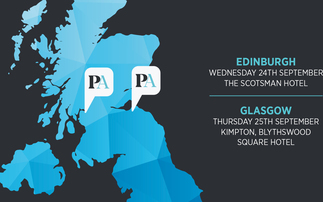For those fortunate enough to have a very high income, investing in a pension after 2011 looks less attractive. And remember it is not just earned income which matters - all income, including dividends from shares and interest on savings is taken into account.
From 2011, high earners are limited to 20% relief on their contributions, and also face a tax charge on any employer contributions. So these people may find alternative investments are more tax efficient. These may include ISAs, pension contributions for a spouse or child, growth investments which give rise to capital gains tax, and qualifying life policies. In this tax year and next, paying in £20,000, or a higher amount justified by existing regular contributions, appears to be a sensible option as this is the final opportunity for high earners to receive higher rate tax relief. But b...
To continue reading this article...
Join Professional Adviser for free
- Unlimited access to real-time news, industry insights and market intelligence
- Stay ahead of the curve with spotlights on emerging trends and technologies
- Receive breaking news stories straight to your inbox in the daily newsletters
- Make smart business decisions with the latest developments in regulation, investing retirement and protection
- Members-only access to the editor’s weekly Friday commentary
- Be the first to hear about our events and awards programmes





